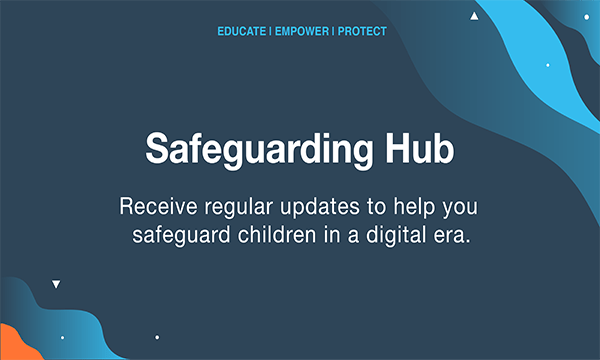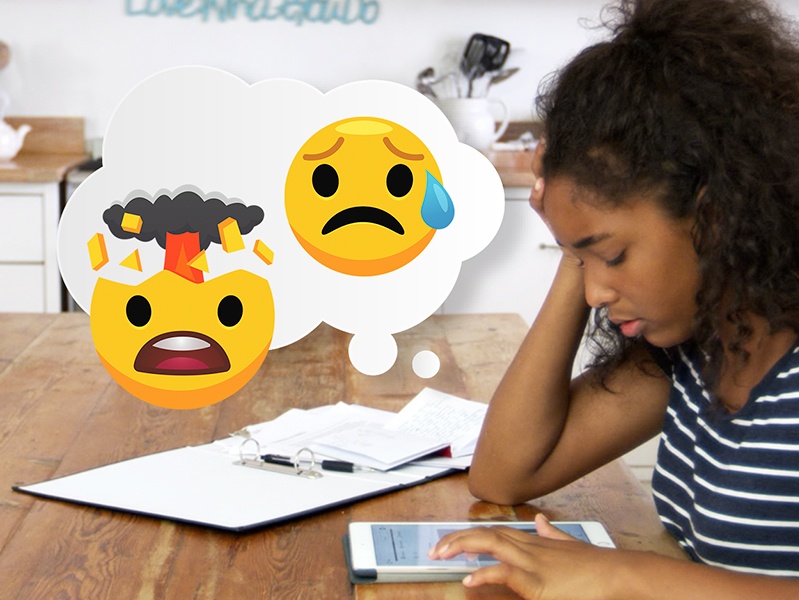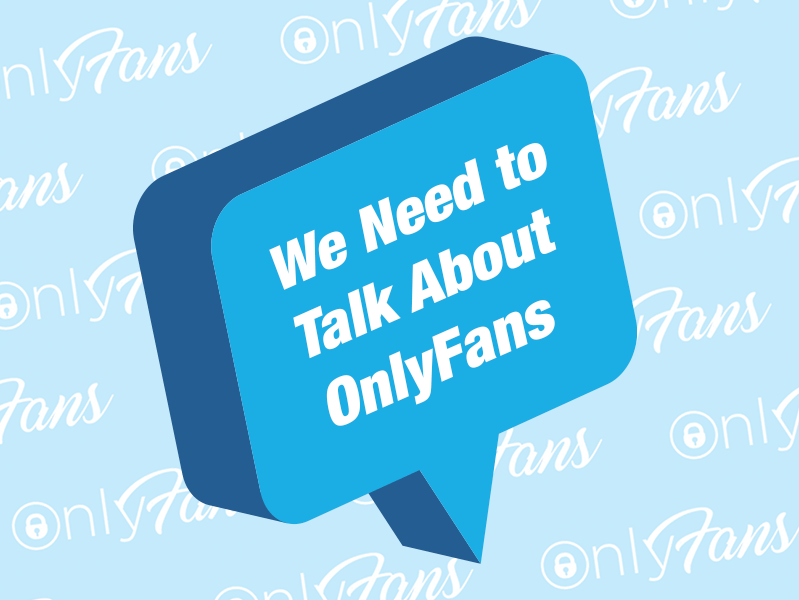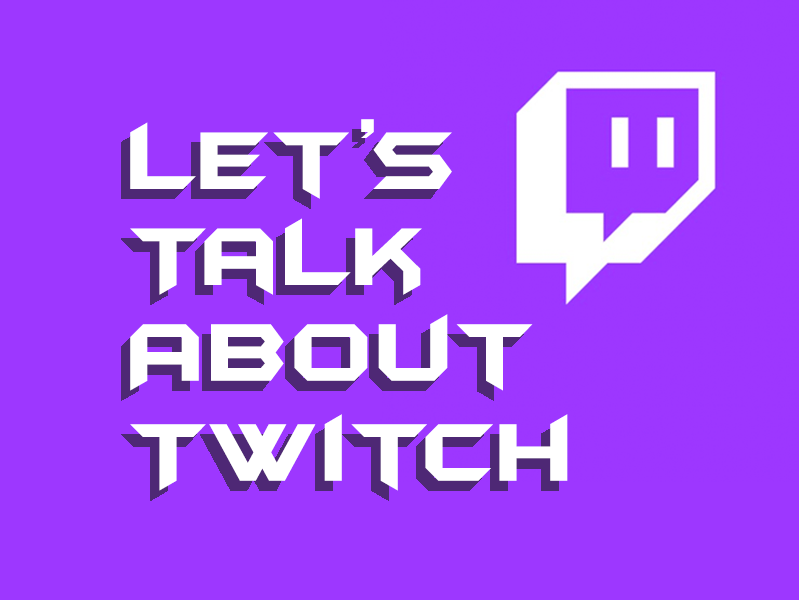Published: 18th June, 2021
Loss is one of the most universal human experiences. Whether it be a loved one, a dream career, or a special place, no one is immune to loss and its lasting effects. This is especially true for children and young people, who often experience this before reaching emotional maturity.
Any sort of loss can trigger complex emotional responses. Our inward thoughts and feelings are known as grief. The outward demonstration of these emotions is mourning, which is a vital part of the grieving process.
Because loss happens at different life stages for everyone, the way we respond is personal to each of us. In the past, this process used to be experienced more privately. It was communicated by letter, telephone, or an in-person conversation. The obituary section of the newspaper used to be the only public format for commemoration and communicating loss of life.
However, since the advent of social media, the way we live has changed drastically. It makes sense then that the way we experience loss has also changed.
What is Digital Mourning?
The concept of “digital mourning” is a relatively new one. It centres around those who use social media (or other digital platforms) to mourn the loss of a loved one. This ranges from posting in memoriam messages on someone’s public profile to using these platforms as a way to notify friends and family of a death. While there is no set schedule for these posts, they are more likely to occur during calendar holidays (such as Father’s Day, Christmas, etc) and significant anniversaries or birthdays. Digital Mourning is most commonly used by younger generations.
“With social media being only a decade old we’re in unchartered territory, the path ahead marked for us by funeral selfies, elegiac Facebook statuses, RIP tweets, online shrines and Insta memorials.” – Grazia
Facebook has “memorialisation settings” which allow users to nominate a legacy contact who can manage their profile if they pass away. Instagram offers the option to create a memorialised account or to delete the account altogether. On both platforms, if the memorialisation option is activated, the word “Remembering” goes in front of the person’s name on their profile (e.g. Remembering John Doe). Twitter announced last year it is developing a memorialisation option for their platform to be released later this year. Most other social platforms offer the option to delete the account when appropriate documentation is shown.


Memories
Of all social media platforms, Facebook does the most for digital remembrances. Unless the deceased person’s account has been deleted, other users are still able to post on their wall and tag them in posts. This is visible to all mutual friends or to anyone who visits the person’s account.
Facebook is also known for its Memories feature, which shows users posts from previous years on the same day they happened. They can then be reposted on an individual account.
These memories can be a great way to remember good times, thrilling announcements, or significant achievements. But it can also remind you of tragic events or difficult memories when you may be least prepared to see them, even if they were not upsetting when they happened.
The downside to Digital Mourning
When it comes to digital mourning, the very thing that makes it effective is also what makes it problematic – it’s public. There are no limits to this kind of post. While concerning for every age group, it is especially troubling for children, young people, or vulnerable people who may not have proper coping mechanisms in place to help deal with their grief.
“A few years ago, a good friend of mine took his own life. I will never forget the morning I found out. I was just getting ready, doing my normal routine of scrolling through social media, when I noticed a mutual friend had posted a lengthy tribute with a picture of him. I went through so many emotions in that minute of trying to figure out what had happened to him before I just broke down. It felt like the whole world crashed down around me. I couldn’t cope. It was – and still is – a horrible shock. I wish I hadn’t found out that way.”
– INEQE Safeguarding Group Staff Member
Though Facebook provides options for turning off memories of a specific person and for unfollowing users who might prompt uneasiness,
there is no algorithm to stop digital mourning posts from appearing on social media. They are becoming a natural part of the grieving process for many, especially young people – and that is okay.
If you notice someone posting what you feel is an excessive amount of digital mourning, there are a few things you can do:

While digital mourning is becoming a part of how we grieve, the vulnerability these posts show needs to be considered. A user may feel pressured into sharing personal grief because they see others sharing theirs. Others may be critical of how public someone’s mourning process is, or may think someone is grieving for “longer than they should be.” The reverse of this is also true. Mourners may be criticised for posting too little or appearing happy “too quickly.” This is especially true in scenarios involving the death of a loved one.
Unkind and unsolicited behaviour might make a grieving person feel irrational or over-emotional and could push them further into isolation. It is especially a concern for children and young people as online platforms are their social forums. To them, online life is real life.
Supporting Young People Through Grief
We know how difficult it is to experience loss. It can be a time full of overwhelming emotion, uncertainty, and instability. If you are in mourning, it might be hard to help the children and young people in your care deal with their own grief. That is why it is important to recognise what you can do to help them:
It is important to remember that grief is something lived in and lived with. It does not go away. Rather, we learn to live with and accept this grief as it comes. There is nothing wrong with needing help to cope with grief.
Further Support
Join our Safeguarding Hub Newsletter Network
Members of our network receive weekly updates on the trends, risks and threats to children and young people online.









